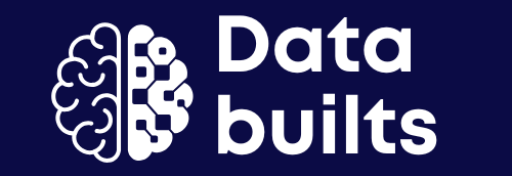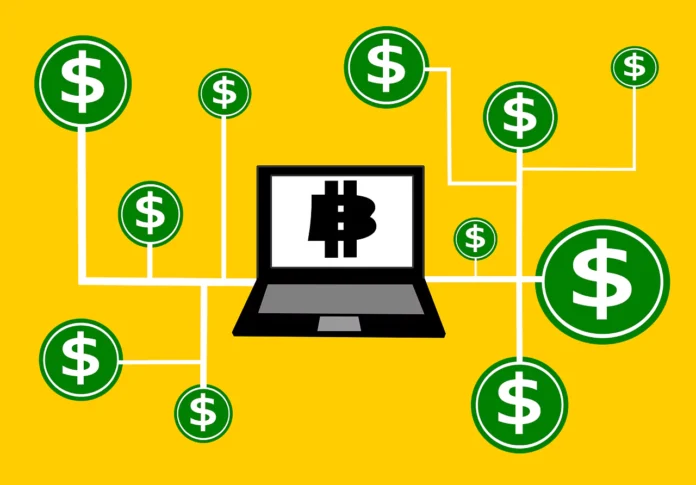What if you could store your private information, financial records, or medical history in a way that’s nearly impossible to hack, change, or lose? This is not something impossible anymore. It is what blockchain technology brings to data management. Blockchain technology in data management is transforming how we manage data. But what exactly is blockchain? And why do people call it the future of data security? Let’s explore how blockchain keeps your data safe and its role in big data and privacy in this article.
Blockchain technology in data management is transforming data privacy today
What is blockchain? It is like a digital notebook. Everyone can see it, but no one can interfere with it. This notebook is copied across thousands of computers worldwide instead of being stored in one place. Every time someone adds a new entry to it, like a transaction or data record, these computers check it and add that entry to the notebook as a new block. Once added, this block is locked forever. It creates a permanent and unchangeable blockchain.
Key features of blockchain
- Decentralized – No single company or person controls it.
- Transparent – Anyone can view the data (personal details can stay private).
- Immutable – Once you add data, it cannot be edited or deleted.
How blockchain secures data
People always call blockchain unhackable. But how does it actually protect information? Here is how.
Encryption
Blockchain uses advanced cryptographic techniques to protect your data. Like it uses a secret code (encryption) to scramble the information so only authorized parties can read it. What if someone steals the data? No issue. Why? They will not be able to decode it without the right key.
Decentralization
Traditional databases, like bank servers, are centralized. They have one door for hackers to break into. But the blockchain distributes data across many computers. So, if someone wants to hack it, they will need to break into all of them at once. It is practically impossible.
Immutability
Once someone adds data to a blockchain, it is sealed with a digital fingerprint called a hash. In case someone tries to change the data, the fingerprint changes. So, it alerts the network.
Blockchain and big data integration
Every source, like social media, sensors, and business operations, generates massive amounts of information. Let’s see how blockchain works together with these large information volumes to improve security and efficiency.
Solving big data’s trust problem
Companies can only use big data if it is accurate. But how do you know if a dataset hasn’t been changed? Thanks to blockchain’s immutability feature, data stays authentic from the moment anyone records it.
Sharing data without handing over the keys
Most of the time, companies hesitate to share their data. Why? Privacy concerns like breaches or misuse. But blockchain fixes this with smart contracts. When using blockchain to share data, companies can add rules that say, You can look at X, but not Y. For example, a car manufacturer could share supply chain data with partners using blockchain. Now, the tyre supplier sees only tire-related stats, and the battery maker gets battery information. Nobody can sneak into areas they should not.
Full transparency mode
As we said before, blockchain keeps a public diary of every change made to the data. So, there are no secrets or sketchy edits. Why does it matter? In healthcare, when hospitals use blockchain to share patient data, they can prove they did not change any records. Banks could show regulators exactly how they calculated loan approvals. Everyone stays honest because the paper trail never lies.
Cheaper storage
It costs so much to store petabytes of data on traditional servers. And it is not flexible. But this does not happen with blockchain. Why? It splits data across a decentralized network. Using blockchain is like having a set of mini storage units instead of one giant warehouse. It is easier to scale. Do you need more space? Just add another unit to the network.
The impact of blockchain on data privacy
Data leaks and privacy scandals are everywhere. Let’s look at how blockchain balances transparency with protection.
User control
Today, big companies own the data you share. Blockchain flips this. Let’s take your medical records, for example. Instead of hospitals locking them away, you can decide who sees them. Want to share them with a specialist or an insurer? Grant them temporary access. Done? Revoke it.
Stay anonymous
You can use blockchain without spilling your personal details. Instead of using your real names or addresses, you can use unique codes called cryptographic keys.
Very low risk for breaches
As we said before, blockchain does not rely on a central database. So, it reduces the large-scale data breach risks. Even if hackers compromise one node, the rest of the network remains unaffected.
Conclusion
Blockchain is not just for cryptocurrencies. This powerful tool can help us secure and efficiently use our data. Blockchain technology in data management is making data transparent, secure, and user-controlled. It has the potential to rebuild trust in every industry regarding data privacy.


